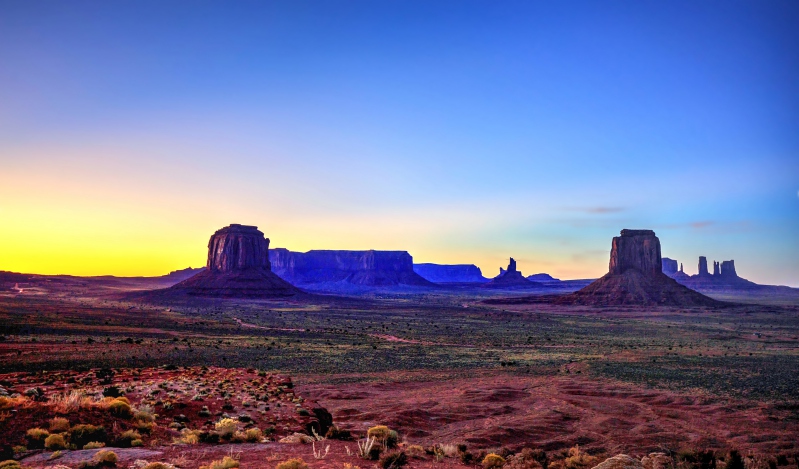
Scholars criticize public lands policy that requires use and development at the expense of conservation.
For a little more than one dollar per acre, environmental conservationist Terry Tempest Williams purchased a 10-year lease on over a thousand acres of public land just outside Arches National Park.
Eight months later, the federal government canceled the lease and issued her a refund, stating that she had not met the lease’s “diligent development” requirement because she had declared her intention not to produce oil or gas.
Williams’ experience is not unusual. Governmental policies that condition ownership of public lands on development often exclude conservationists from the public lands market, according to two legal experts in a recent academic article.
Bryan Leonard of Arizona State University and Shawn Regan of the Property and Environment Research Center argue that, without these ownership restrictions, the market for public land rights could operate more efficiently. If conservation groups competed against developers to purchase public lands, prices would reflect conservation as well as use value.
Conservationists aim to preserve wilderness, natural landscapes, and endangered species from development. They generally focus their efforts on the public lands that the federal government manages—at total of 615 million acres that contain both reserved lands, such as National Parks, and lands designated for multiple uses, including resource extraction, recreation, and watershed and habitat protection.
But conservation groups rarely join the public lands market, Leonard and Regan explain. This is because federal policy makes it impossible “to purchase, trade, or bargain for non-use rights to natural resources.”
For example, federal grazing permits—which the United States Bureau of Land Management (BLM) and the United States Forest Service (USFS) issue for 257 million acres of public lands—require permit holders to graze livestock on their allotted rangeland. If a permit holder fails to do so, the BLM may transfer the permit to another party.
Similarly, all BLM-issued oil and gas leases include a diligent development clause. Although the BLM does not define diligence precisely—lease owners need only exercise “reasonable diligence”—the agency can cancel a lease if the leaseholder does not explore or develop the land’s oil and gas resources.
Even federal forest timber sales contracts obligate purchasers to harvest timber, typically in a 10-year timeframe. If a purchaser does not harvest, the USFS may cancel the contract.
Leonard and Regan contend that by requiring use or development, these federal land management policies deter conservation groups from purchasing grazing permits, oil and gas leases, and timber harvesting rights.
What results is an inefficient public lands market: only developers have incentives to participate, and then they underpay, since prices depend on the value of a narrow set of resources. The market neglects non-use values—such as “wildlife habitat, watershed protection, recreation opportunities, or the preservation of other environmental amenities”—which, Leonard and Regan suggest, could actually raise the prices the federal government could charge.
Public lands leased for oil and gas development in Utah, for instance, often have high conservation or recreation value, but sell for only $1 to $2 per acre because the energy potential is speculative. By comparison, conservation and recreation groups in Wyoming and Colorado have been willing to pay more than $150 per acre for authorized buyouts of oil and gas leases.
Even though development mandates exclude conservationists, some economists support the existing use-oriented approach to public land management. These scholars maintain that the public cannot trust private parties who acquire development rights on public lands to bear the opportunity costs of conservation, such as “foregone revenues from development.” Rather, they contend that only government management can be used to ensure public lands remain undeveloped.
These economists recommend a use-only public lands market because of an underlying assumption that development value will always exceed conservation value. But Leonard and Regan critique this assumption. In fact, they claim the opposite is true, particularly if the resource can be cultivated elsewhere but the conservation value is unique to the specific land—such as for scenic vistas or distinctive wildlife habitats. According to Leonard and Regan, society ought to trust any and all private parties to own and manage public lands—even those who see conservation as the most valuable use.
But making that change, Leonard and Regan acknowledge, will demand “slow and hard fought” institutional reforms, such as amending existing legislation and regulations.
Those reforms were unlikely under the Trump Administration, which tended to pursue an aggressive public lands development policy, in particular by reducing the size of national monuments and supporting mining and drilling on previously protected lands. But Leonard and Regan suggest that the moment has come to consider why the public lands market does not currently reflect non-use, conservation values—and why it should.



